A couple of days ago, in the evening, I found two beetles from the
Buprestidae family.
Buprestidae are commonly known as Jewel beetles. That explains the title and gives an idea of what kind of jewels I found on that occasion.

The weather was warm and sunny, but the humid southern wind was blowing, and so many insects that usually easily fly around were unusually quiet and reluctant to spread their wings. The beetles were resting in the juicy green grass ...
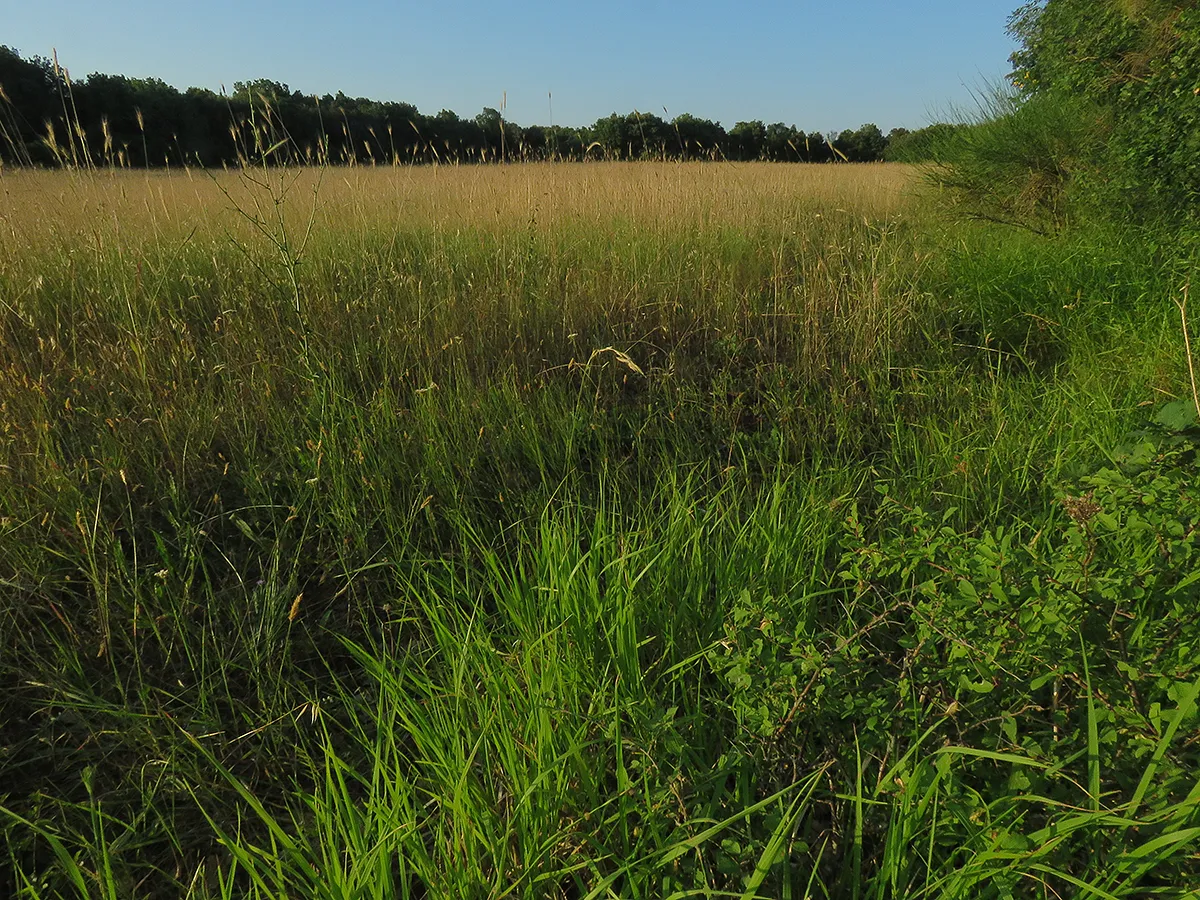
... that grows along the edge of the meadow, under the first line of trees that surround the patch of open grassland. As you can see in this photograph, that grass is considerably different from the more dry, yellow-brown vegetation in the central part of the meadow.
The first Jewel beetle that I found ...
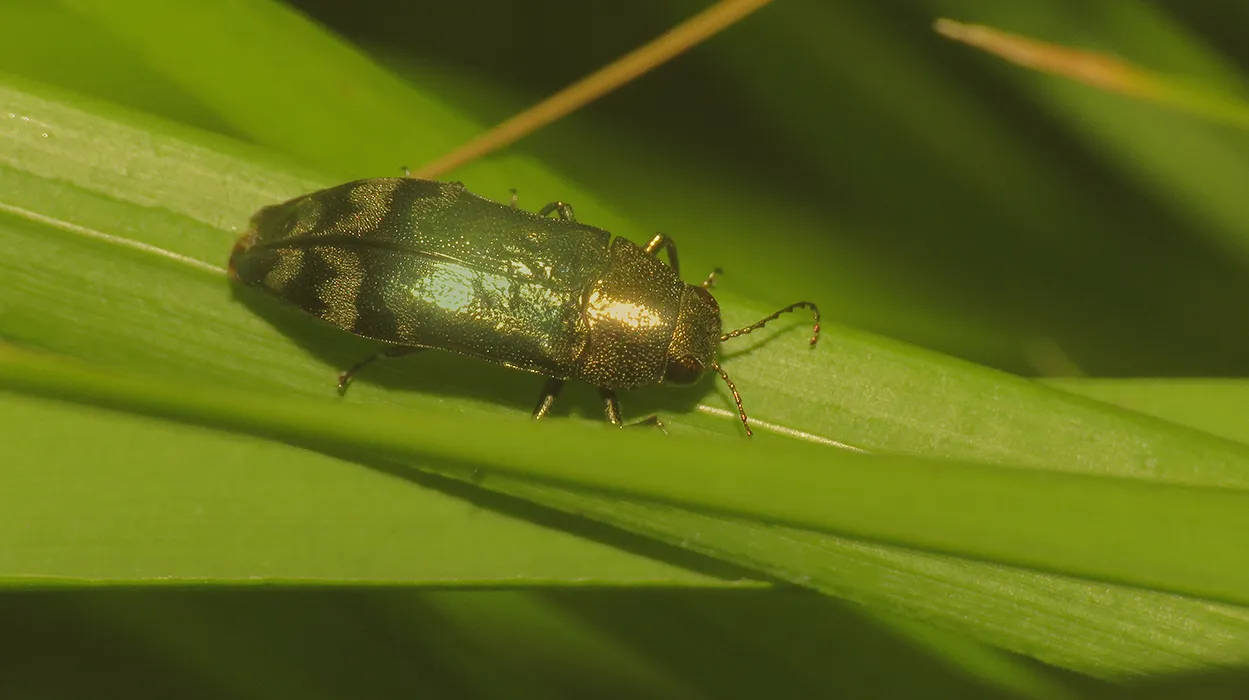
... this shiny Coraebus florentinus, looked a bit like a real jewel.
The light was pretty low in the shade under the trees, so at first, I took a series of photographs with the flash of my camera on. Direct and intense light on the shiny surface of the beetle's exoskeleton looks a bit weird ...

... so I decided to take a few more shots using only the low ambient light. ISO value had to be pretty high, so the photographs ended up being a bit grainy and muddled. But you can see the shiny surfaces exactly as I saw them that evening.
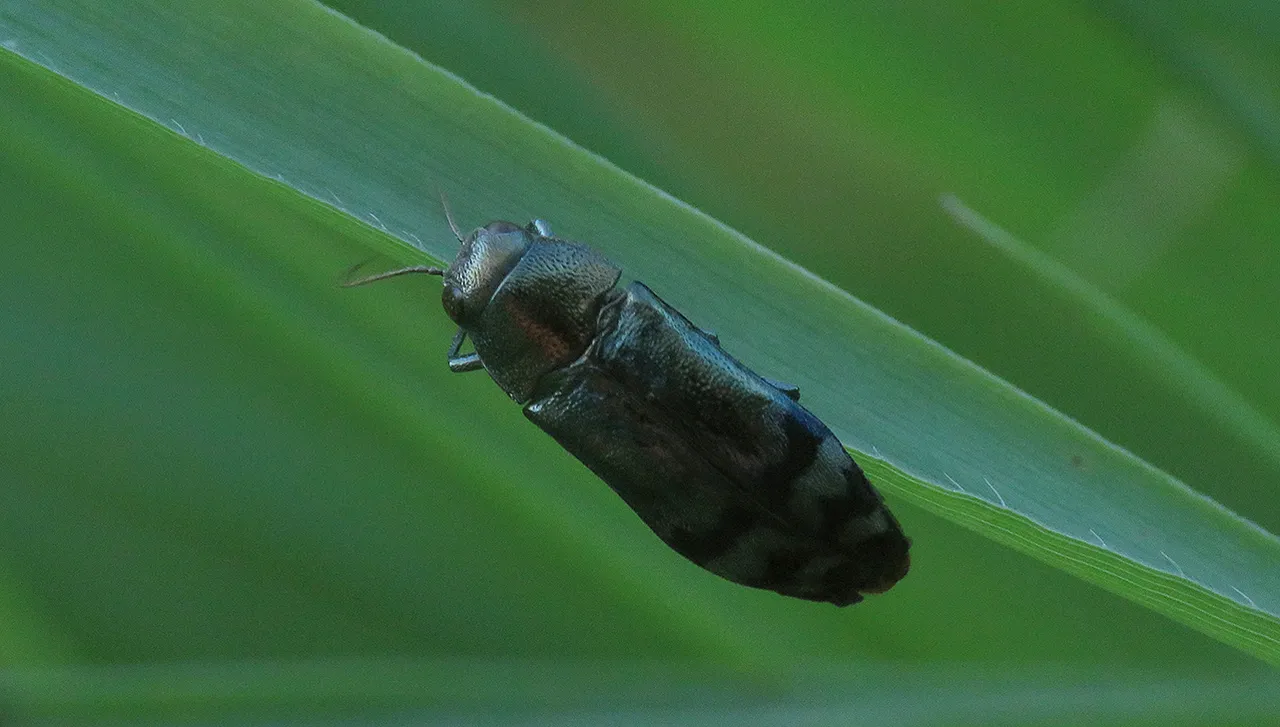
From different angles, the insect looked slightly different. The iridescence is caused by the structure of the carapace and the way it interacts with specific wavelengths of light, causing distinct hues to be seen from different angles. It's a complex phenomenon that in different species, can have a different function. It can be about mimicry, communication, signaling, thermoregulation, water repulsion, friction reduction, and probably a few more things that I'm not aware of.
The larvae of this species live and feed inside the wood of various oak trees present in the Mediterranean region. The adults feed on leaves. The larvae can do considerable damage by cutting the flow of the sap into the branch, so the branch dries out.
Here you can see that lovely insect-shaped, living-breathing piece of natural jewelry in the palm of my hand.
Here you can see the minuscule fly that came sniffing around and landed in front of my lens while I was photographing the beetle. Since the Buprestidae are the main characters of this post, I'll introduce the next Jewel beetle soon, but before that, I would like to say a few words about the aforementioned fly.
This is the Thaumatomyia notata, a species from the Chloropidae family. The larvae are predatory and live among the roots of various grasses where they feed on root aphids and other minuscule insects in the soil.
In the following photograph ...
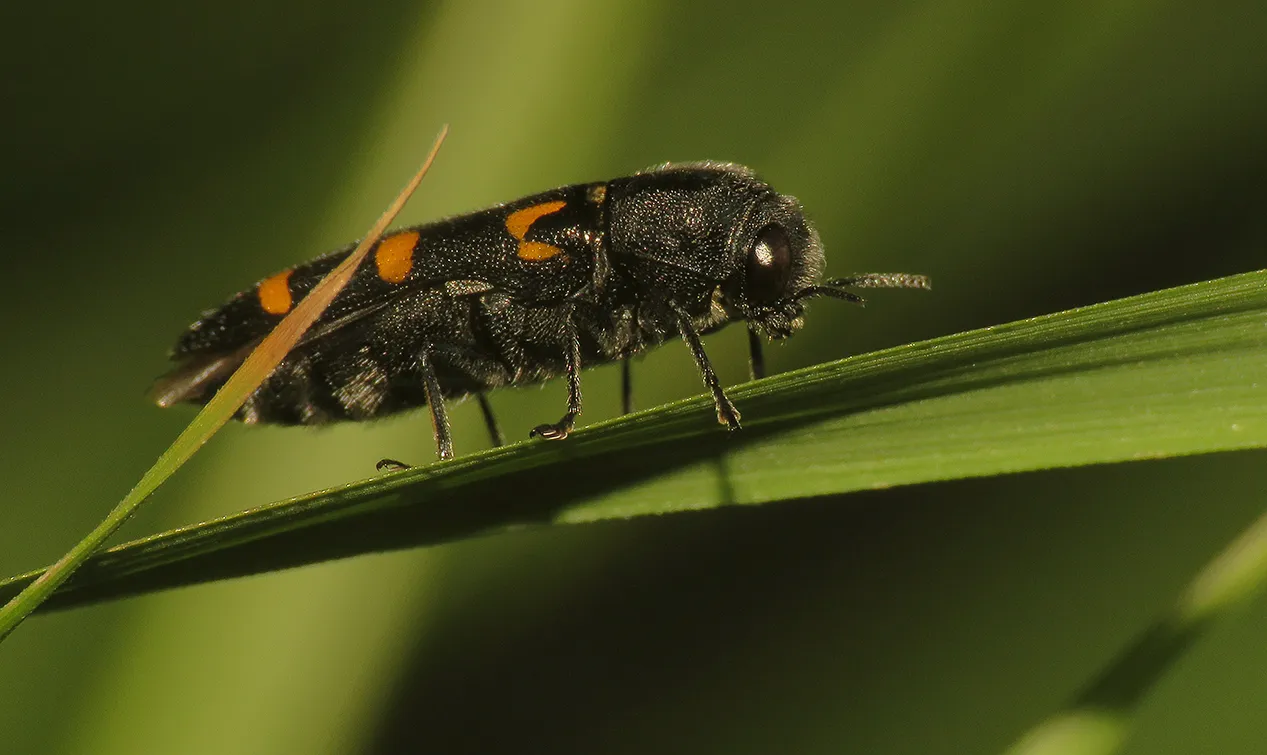
... you can see the next jewel in the grass.
This is the Ptosima undecimmaculata.
The number, size, and form of the orange markings in this species can vary, so you can see only one of the quite a few Ptosima undecimmaculata versions here.
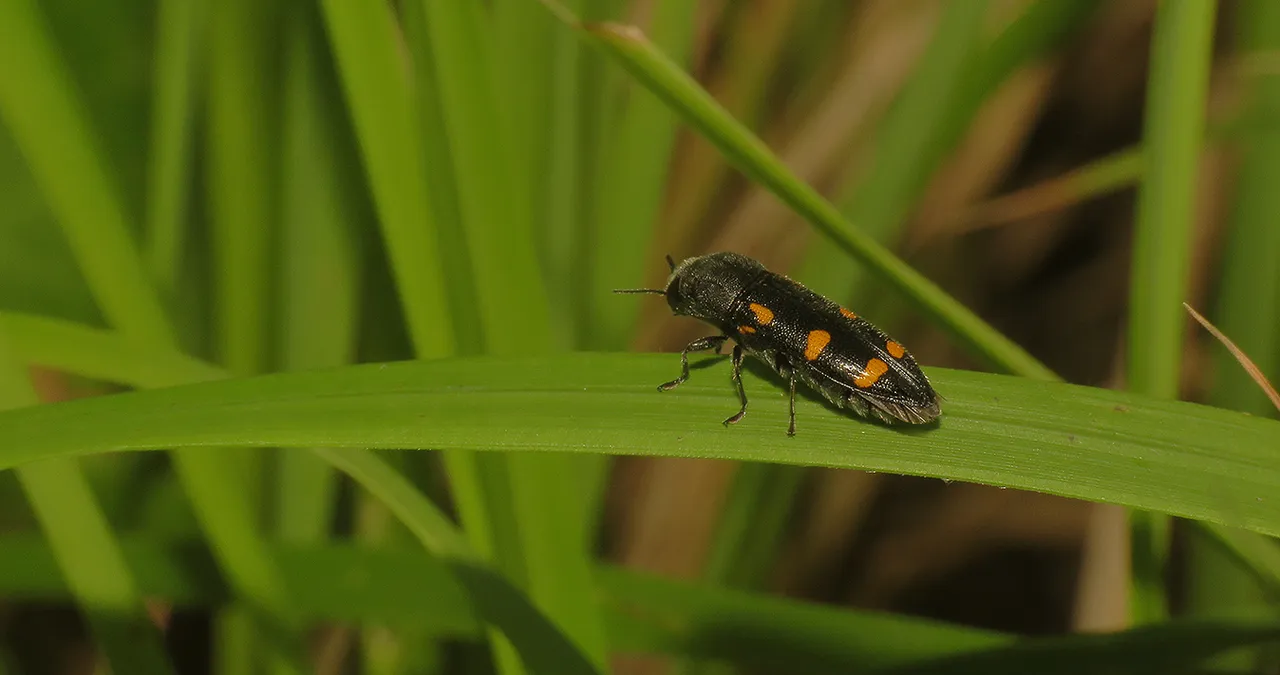
This Jewel beetle feeds and reproduces on the dead, rotting wood. Only occasionally can be found in living branches of various shrubs and trees from the genus Prunus.
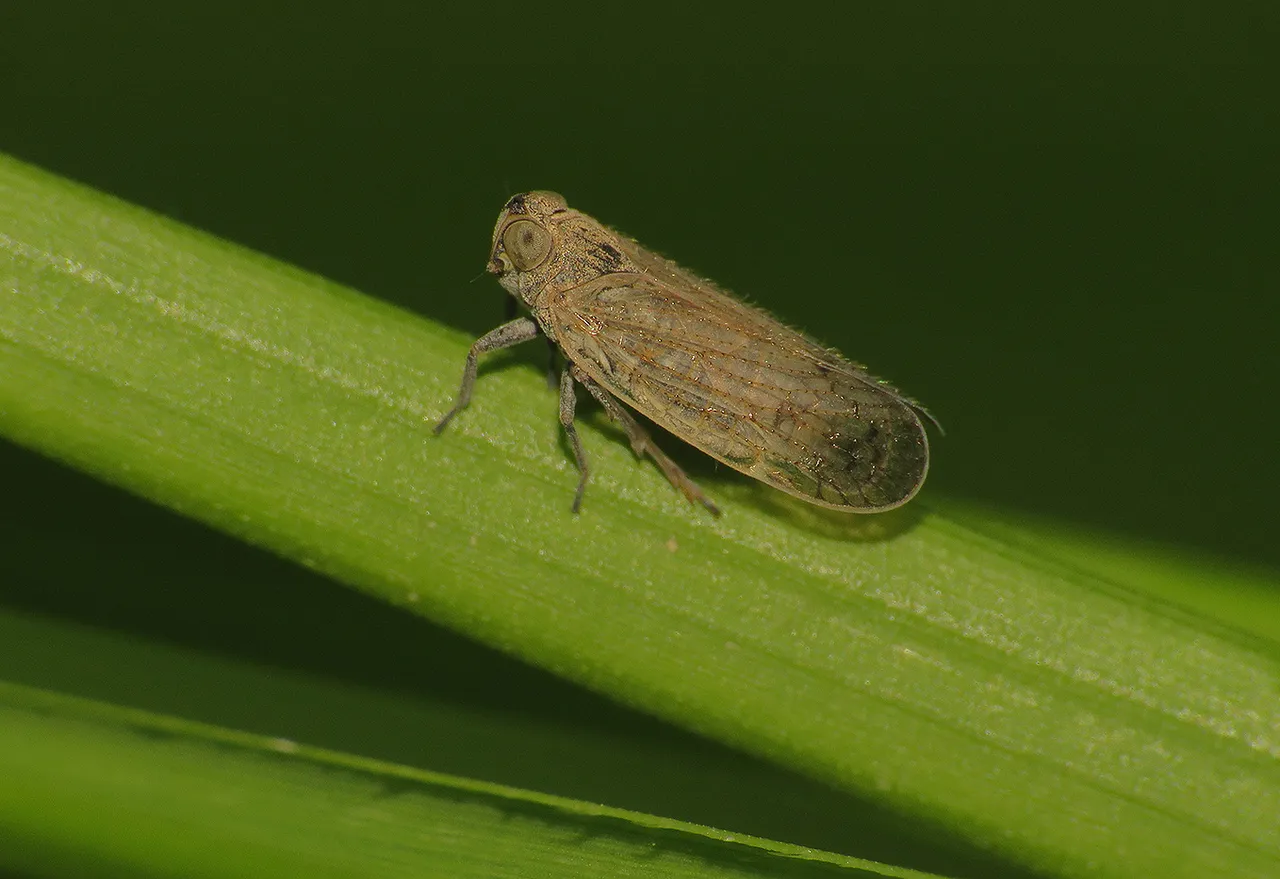
This Oliarus panzeri lacehopper (Cixiidae family) was photographed not far from the aforementioned beetle.
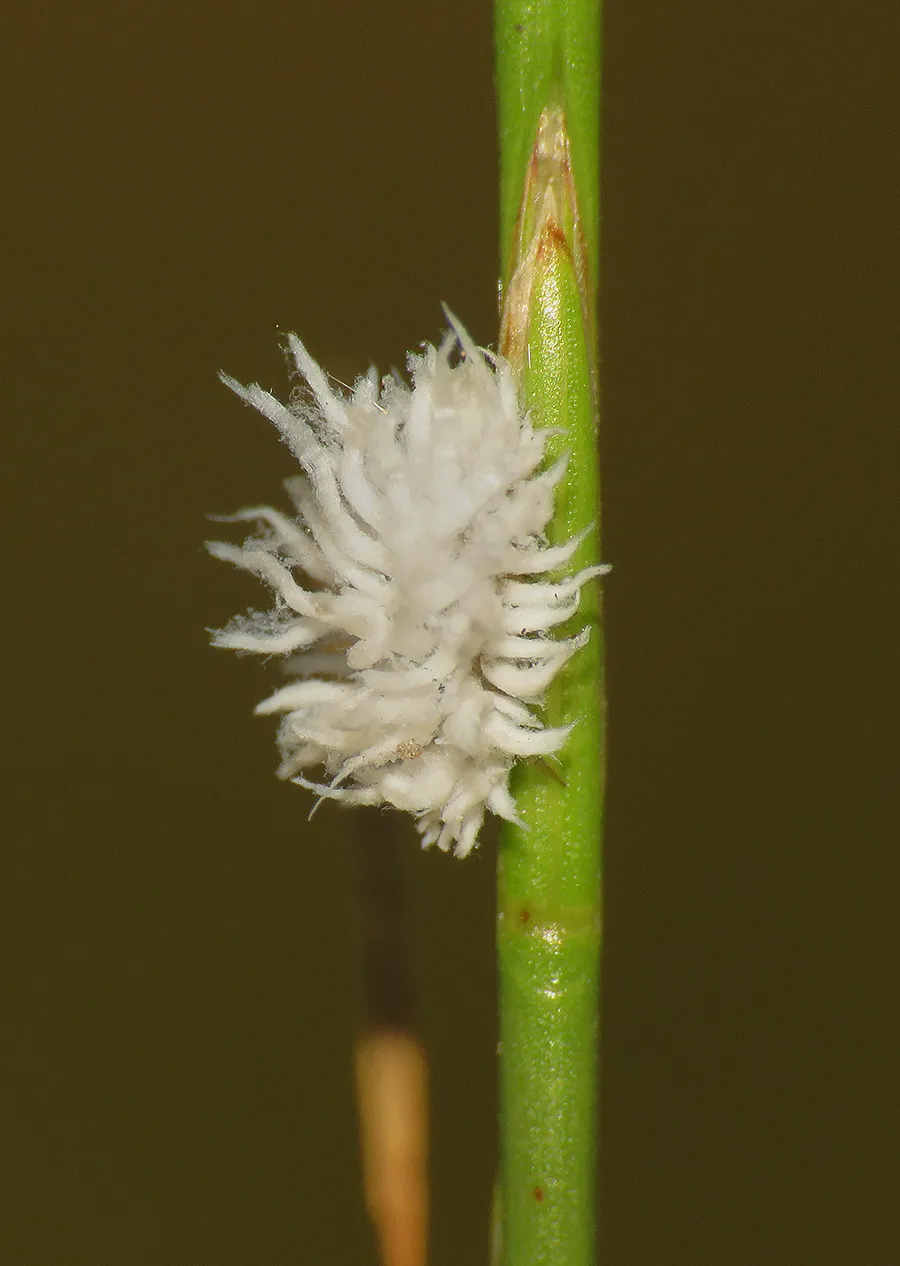
A meter or two further, the minuscule larva of some ladybird beetle from the Scymnus genus of the Coccinellidae family, was descending the stem of the grass ...
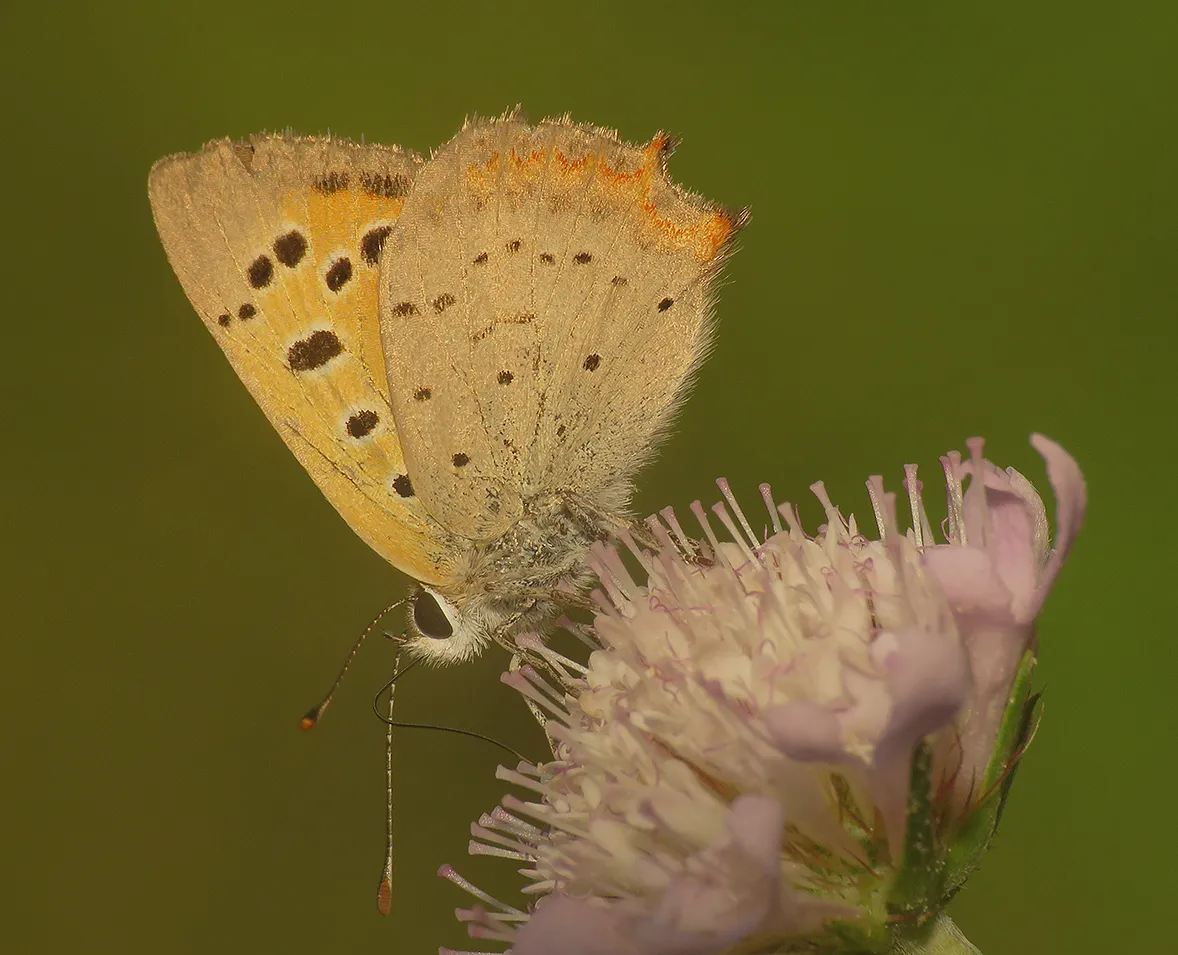
... while the Lycaena phlaeas butterfly was feeding on the tiny flowers of the Knautia arvensis plant.
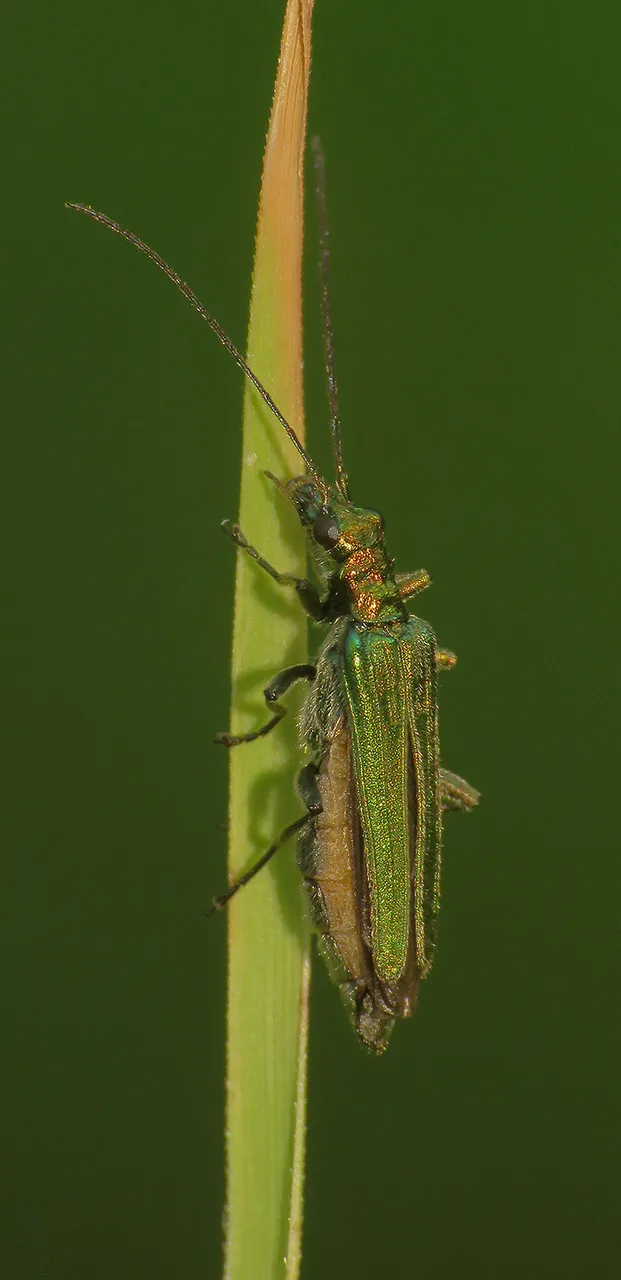
Before entering the car and driving away, I photographed this iridescent beetle from the Oedemeridae family - the Oedemera virescens.
AND THAT'S IT. AS ALWAYS IN THESE POSTS ON HIVE, THE PHOTOGRAPHS ARE MY WORK - THE END.







